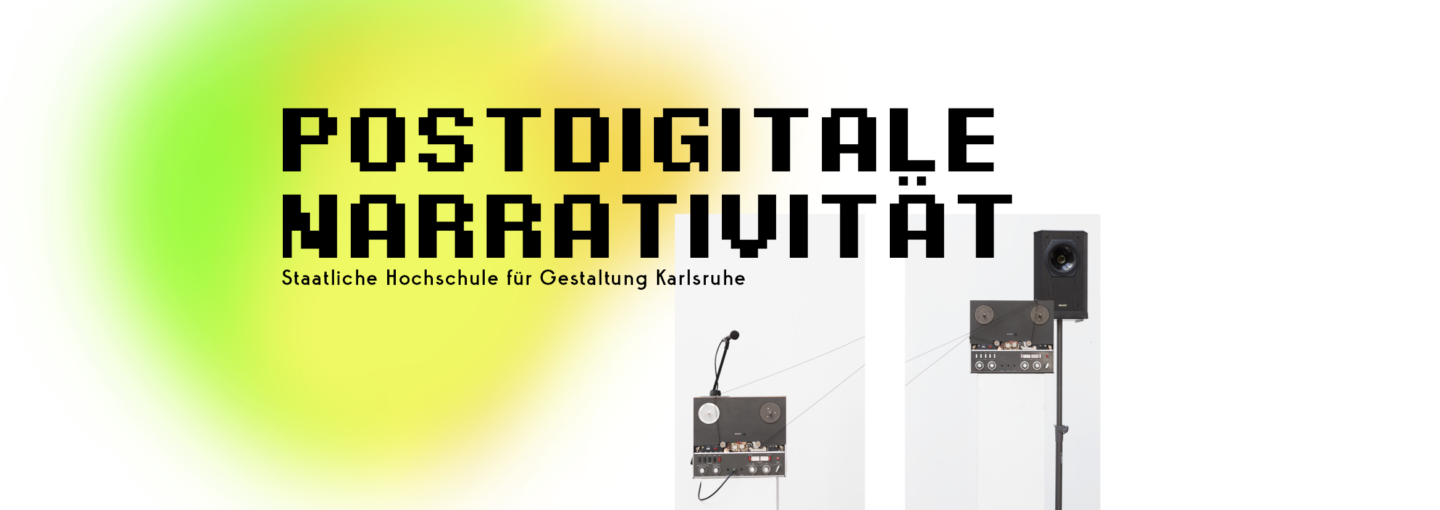The electrical telegraph is the root of all modern forms of telecommunication. It was developed not by a scientist or even an entrepreneur but by a visual artist, Samuel Morse. The story of how he came to do this is fascinating, and shows the origins of the “vanguard impulse” in painting long before it became visible stylistically. Morse‘s life and achievements shed light on many forgotten aspects of 19th century culture and show how media and art can fertilise each other.
The workshop will be structured into the following parts:
Day 1 | 2pm | duration approx. 60 minutes: “Radio in Art” From early radio dramas to Cage‘s noisescapes to Robert Barry‘s invisible sculpture to Joyce Hinterding‘s sculptures as antennas to deviant apps, surveillance interception, jamming and visualising the invisible.
Day 2 | 2pm | duration approx. 90 minutes: Presentation on “Open Spectrum: From hunch to concept to movement to fact” Covering the time frame from 1980 to the present, retracing the steps from packet radio‘s invention by the amateur community in North America to the central role of Wi-Fi today, enabling free (license exempt) creativity in radio.
Evening | 7pm: Screening of “Spectres of the Spectrum” (1999), Craig Baldwin‘s paranoid (and all too accurate) vision of radio‘s history, present and future, cut together from discarded/found film footage (—if you haven‘t seen this, it is as brilliant as Dammbeck‘s “Das Netz” but much much stranger.)
Day 3 | 4 – 3pm: “Afternoon Becomes Elektra” – Radio hackathon – together with legendary female hacker Elektra Wagenrad.The hackathon might be extended for additional days as ambitious projects take longer to debug and refine.
Info: www.openspectrum.info

